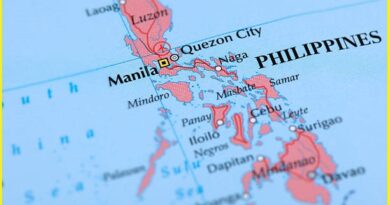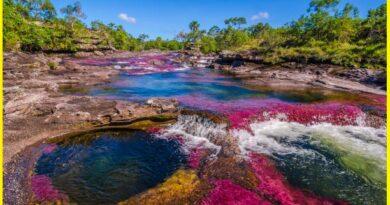Deccan Plateau: An Ancient Landform Shaping India’s Landscape
The Deccan Plateau
The Deccan Plateau spans an area of approximately 422,000 km² and forms a significant portion of the Indian peninsula. It is shaped like an inverted triangle, stretching from the Satpura and Vindhya Ranges in the north to the northern edges of Tamil Nadu in the south. Flanked by the Western Ghats and Eastern Ghats on either side, these mountain ranges separate the plateau from the Western and Eastern Coastal Plains, respectively. The plateau encompasses most of Maharashtra, Telangana, Karnataka, and Andhra Pradesh, excluding the coastal areas, along with smaller parts of Tamil Nadu and Kerala.
Characterized by rocky terrain, the Deccan Plateau averages an elevation of about 600 meters. It is further divided into the Maharashtra Plateau, Karnataka Plateau, and Telangana Plateau. The Deccan Traps in the northwest consist of layered igneous rocks formed by basaltic lava flows from a massive volcanic eruption at the end of the Cretaceous Period, around 66 million years ago. Beneath the surface lies a foundation of granite and sedimentary rocks dating back to the Precambrian era and the formation of Gondwana.
How was the Deccan plateau of India Formed?
The Deccan Plateau is Primarily Composed of which type of Rock
The Deccan Plateau is primarily composed of igneous rocks, particularly basalt, which forms the Deccan Traps. These basaltic rocks were created by extensive lava flows resulting from massive volcanic eruptions that occurred around 66 million years ago at the end of the Cretaceous Period. Beneath these basalt layers lie older formations of granite and sedimentary rocks, which date back to the Precambrian era. Additionally, parts of the plateau contain metamorphic rocks like gneiss and schist.




